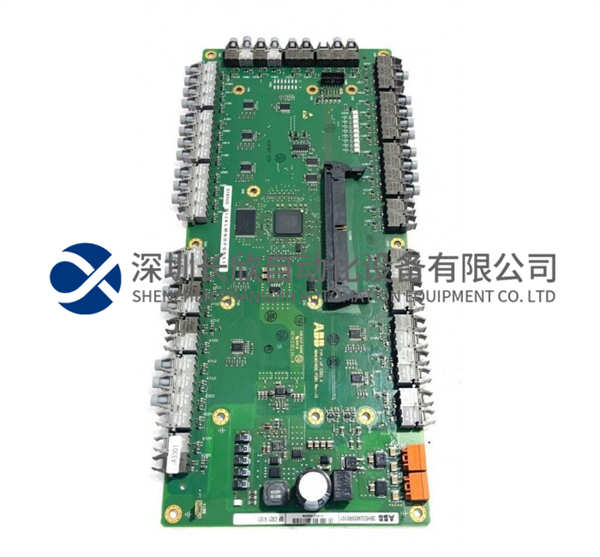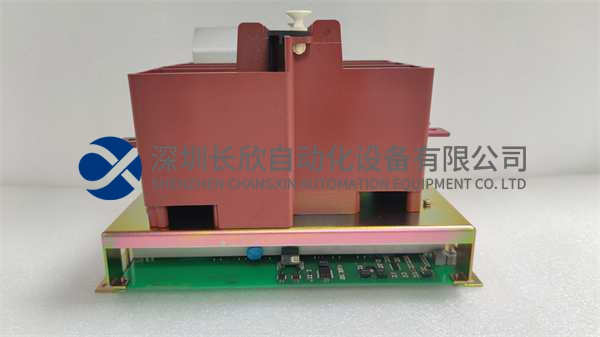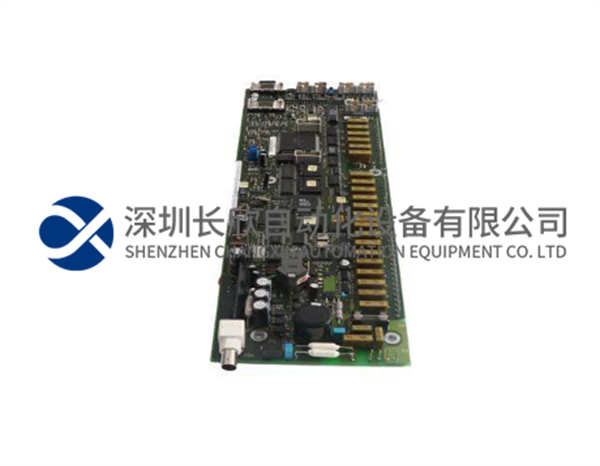描述
ABB PFSK160A 3BSE009514R1技术工控解析:信号调节与数字量输出模块
一、产品概述
ABB PFSK160A 3BSE009514R1是ABB集团推出的一种多功能工业控制模块,兼具信号调节与数字量输出功能,广泛应用于工业自动化、电力电气、石油化工等领域。该模块采用模块化设计,支持高精度信号转换、继电器控制及自我保护功能,适用于复杂工业环境下的设备控制与数据处理。
二、核心功能与技术参数
1.信号调节功能
输入信号处理:
支持多种模拟信号输入(如4-20 mA、0-10 V),通过AD转换器将信号数字化,经微处理器计算后输出标准信号(如4-20 mA或0-10 V)。
具备采样、滤波、放大等预处理功能,确保信号稳定性。
精度与可靠性:
分辨率高(12-16位),长期漂移小于0.1%/年;
采用金属外壳,防护等级IP65,适应-25°C至+60°C工作温度。
2.数字量输出功能
继电器控制:
支持数字信号(如PLC输出)转换为继电器开关信号,控制电机、阀门等执行器;
继电器触点容量:250 V AC/30 V DC,最大电流5 A。
可编程配置:
用户可通过软件定义输出逻辑(如脉冲宽度调制、延时控制),适应不同应用场景需求。
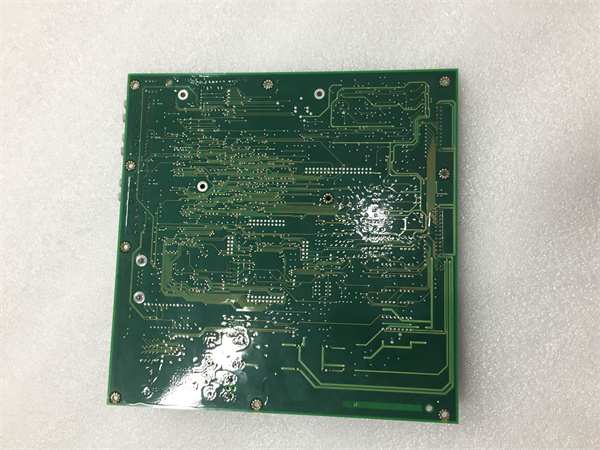
PFSK130 3BSE002616R1
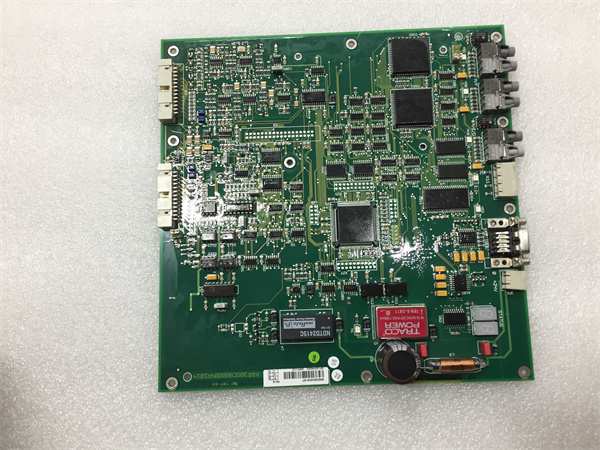
PFSK130 3BSE002616R1
ABB PFSK160A 3BSE009514R1 Technical Industrial Control Analysis:Signal Adjustment and Digital Output Module
1.Product Overview
ABB PFSK160A 3BSE009514R1 is a multifunctional industrial control module launched by ABB Group,which combines signal regulation and digital output functions.It is widely used in industrial automation,power and electrical,petrochemical and other fields.The module adopts a modular design,supports high-precision signal conversion,relay control and self-protection functions,and is suitable for equipment control and data processing in complex industrial environments.
2.Core functions and technical parameters
1.Signal regulation function
Input signal processing:
Supports a variety of analog signal inputs(such as 4-20 mA,0-10 V),the signal is digitized through the AD converter,and the standard signal is output(such as 4-20 mA or 0-10 V)after calculation by the microprocessor.
It has preprocessing functions such as sampling,filtering,and amplification to ensure signal stability.
Accuracy and reliability:
High resolution(12-16 bits),long-term drift is less than 0.1%/year;
It adopts a metal shell,protection level IP65,adapts to operating temperatures of-25°C to+60°C.
2.Digital output function
Relay control:
Supports conversion of digital signals(such as PLC output)into relay switching signals to control motors,valves and other actuators;
Relay contact capacity:250 V AC/30 V DC,maximum current of 5 A.
Programmable configuration:
Users can use software-defined output logic(such as pulse width modulation,delay control)to adapt to the needs of different application scenarios.


